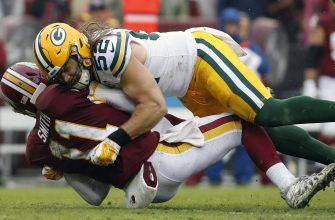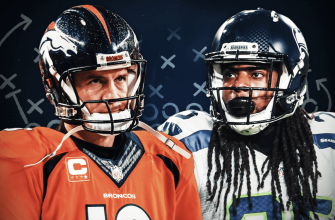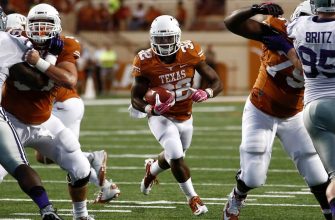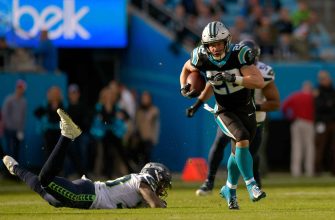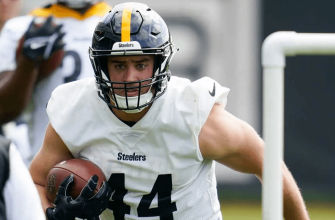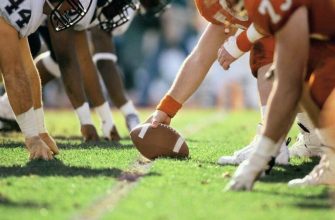Football is a complex game with various positions on both offense and defense. While offense generally gets more attention, it’s important to understand the roles and responsibilities of defensive players as well. Two key positions on the defensive side of the ball are linebackers and cornerbacks. In this article, we will delve into the differences between linebackers and cornerbacks, their main objectives, and the strategies they employ on the field.
Linebackers: The Backbone of the Defense
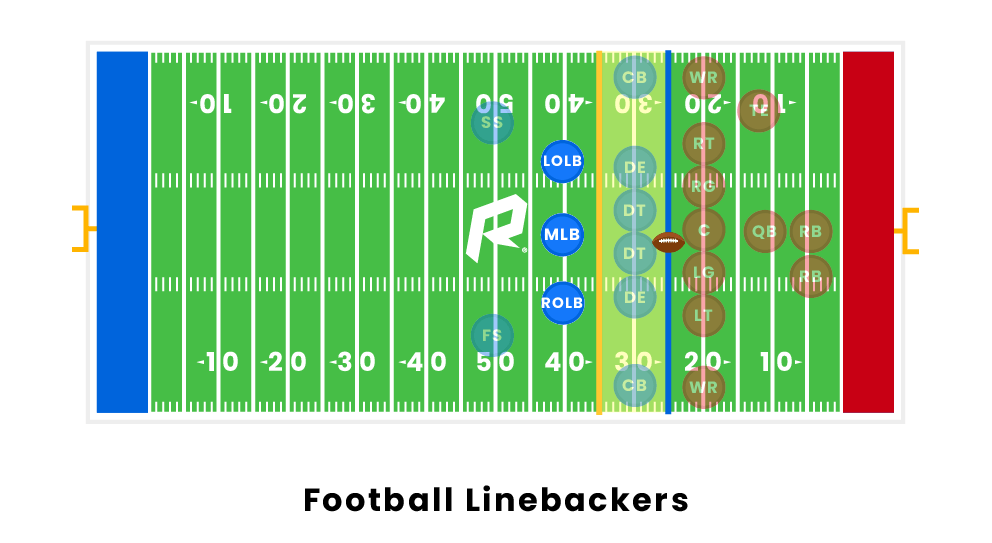
Linebackers are versatile players who play a crucial role in both run defense and pass coverage. They are often referred to as the “quarterbacks” of the defense due to their ability to read and react to offensive plays. Let’s take a closer look at the main responsibilities and strategies of linebackers.
Responsibilities of Linebackers
- Run Defense: Linebackers are at the forefront of stopping the run game. They are responsible for filling gaps in the defensive line, tackling running backs, and disrupting the flow of the offense. Linebackers must have strong tackling skills and the ability to shed blocks from offensive linemen and tight ends.
- Pass Coverage: Linebackers also play a crucial role in pass coverage. They are responsible for covering running backs, tight ends, and sometimes even wide receivers. Linebackers must be able to read the quarterback’s eyes, anticipate routes, and effectively defend against pass plays.
- Blitzing: In certain situations, linebackers are assigned to blitz the quarterback. This means they aggressively rush towards the quarterback in an attempt to disrupt the play or sack the QB before he can release the ball. Linebackers must possess speed, agility, and instincts to effectively execute blitzes.
Strategies Employed by Linebackers
- Reading the Offense: Linebackers must quickly diagnose the offensive play by reading the alignment of the offensive linemen, the positioning of the running back, and the quarterback’s movements. This allows them to make informed decisions on whether to attack the line of scrimmage, drop into coverage, or blitz.
- Gap Filling: Linebackers are responsible for filling the gaps between defensive linemen in order to stop running plays. By effectively filling these gaps, linebackers can limit the running back’s options and force him into less favorable situations.
- Coverage Techniques: Linebackers employ various coverage techniques depending on the offensive play. They may use zone coverage, where they are responsible for a specific area of the field, or man-to-man coverage, where they are assigned to cover a specific receiver. Linebackers must be able to anticipate routes, maintain proper positioning, and make plays on the ball.
- Communication: Linebackers are often the leaders of the defense and are responsible for relaying calls, making adjustments, and ensuring that everyone is in the right position. They must have excellent communication skills and football IQ to effectively orchestrate the defense.
Cornerbacks: Locking Down the Passing Game
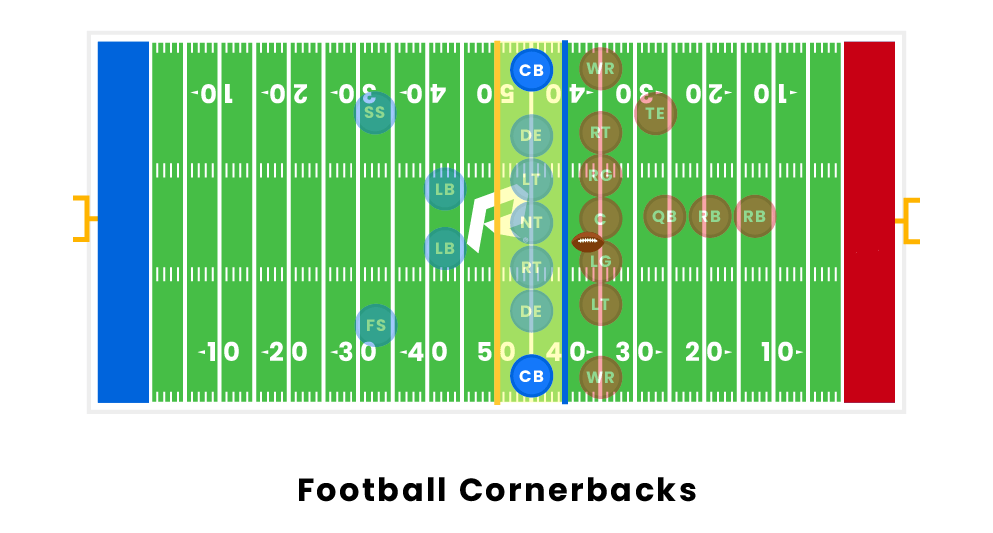
Cornerbacks, on the other hand, have a primary focus on pass coverage. They are responsible for defending against wide receivers and preventing them from getting open for a pass. Let’s explore the main objectives and strategies of cornerbacks.
Objectives of Cornerbacks
- Coverage: The main objective of a cornerback is to stay with the opposing team’s wide receiver and prevent them from catching a pass. This requires excellent speed, agility, and the ability to react quickly to the movements of the receiver.
- Defending Routes: Cornerbacks must be able to recognize and defend against different types of routes, such as slants, posts, fades, and double moves. They need to anticipate the receiver’s moves and use proper technique to disrupt the timing of the pass.
- Ball Skills: Cornerbacks must have good ball skills to make plays on the ball when it’s in the air. This includes the ability to track the ball, make interceptions, and break up passes intended for the receiver.
Strategies Employed by Cornerbacks
- Press Coverage: One strategy commonly used by cornerbacks is press coverage, where they line up in close proximity to the wide receiver and try to disrupt their release at the line of scrimmage. This technique involves physicality, quickness, and the ability to jam the receiver to disrupt their route.
- Zone Coverage: Cornerbacks often play in zone coverage, where they are responsible for a specific area of the field. In zone coverage, cornerbacks must read the quarterback’s eyes, maintain proper positioning, and react to any receivers entering their zone.
- Man-to-Man Coverage: In man-to-man coverage, cornerbacks are assigned to cover a specific receiver throughout the play. This requires them to closely shadow the receiver, mirror their movements, and prevent them from gaining separation.
- Recovery Speed: Cornerbacks must have exceptional speed and quickness to recover if they are beaten by the receiver. This allows them to close the gap and make a play on the ball even if they initially get out of position.
In conclusion, linebackers and cornerbacks play distinct roles in football’s defensive scheme. Linebackers are responsible for both run defense and pass coverage, while cornerbacks focus primarily on shutting down the passing game. Understanding the responsibilities and strategies of these positions is key to appreciating the intricacies of the game and following the defense’s thought process on the field. So, the next time you watch a game, keep an eye on the linebackers and cornerbacks, and observe their contributions to the team’s defensive success.
Remember, football is a dynamic sport, and the strategies employed by linebackers and cornerbacks can vary depending on the team’s defensive scheme, game situation, and opponent. Stay engaged, keep learning, and enjoy the game!
Additional Information: It’s important to note that Luke Kuechly is actually a linebacker, not a cornerback. He was known for his exceptional ability to read offenses, make tackles, and excel in pass coverage during his career with the Carolina Panthers. His versatility and football intelligence made him one of the best linebackers of his era.


